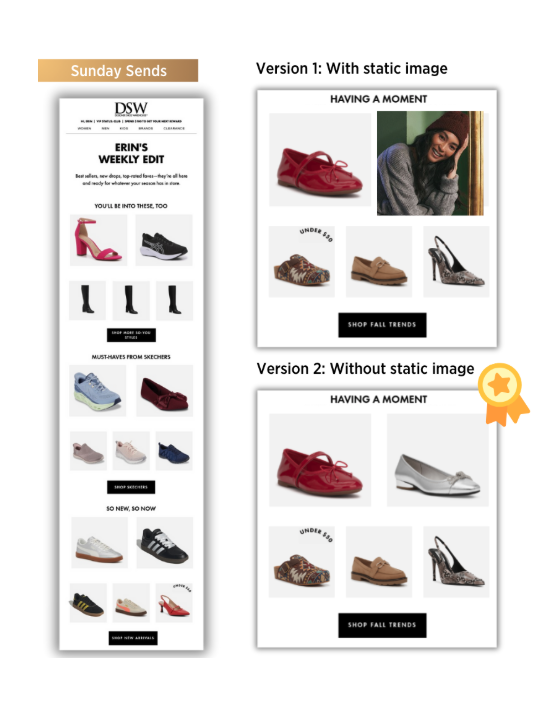There’s Always Time to Test
It’s the end of October. The candy’s stocked, your campaigns are rolling out, and the busiest stretch of the year is here. Between holiday pushes and 2026 planning sessions, every minute counts. Still, there's room for a few moves that can make a real difference before the year wraps.
Late-season tests don’t need to be complex to be useful. A few well-placed experiments can help you understand how shoppers are behaving right now, sharpen creative decisions, and give you a stronger foundation heading into the new year.
Here’s how to put that into practice while the season’s just getting started.
1. Keep It Simple (and Seasonal)
The holidays are not the time for full-scale testing plans. Focus on experiments that can deliver quick, actionable results:
- Subject lines: emotion versus urgency (“You deserve this” vs. “Ends tonight”)
- Timing: weekday versus weekend performance
- Dynamic blocks: swapping featured products or categories based on browsing behavior
Test one element at a time and apply what you learn quickly. Even small tests can uncover meaningful patterns—insight that’s just as valuable for December as it is for your 2026 kickoff.
2. Take a Cue from DSW
Testing works best when it’s part of the routine, not an afterthought. DSW made it a cornerstone of their marketing, running 15 A/B tests across email and mobile with Movable Ink. Each experiment helped them fine-tune creative choices and deepen customer engagement.
One example: behavioral CTA buttons that adapted to each shopper’s browsing habits. Compared to static versions, those personalized CTAs drove an 89% increase in revenue.

In another campaign, DSW tested product crops against full images in their weekly “Sunday Send” and saw a 34% lift in revenue.


.png)

.png)
.png)






